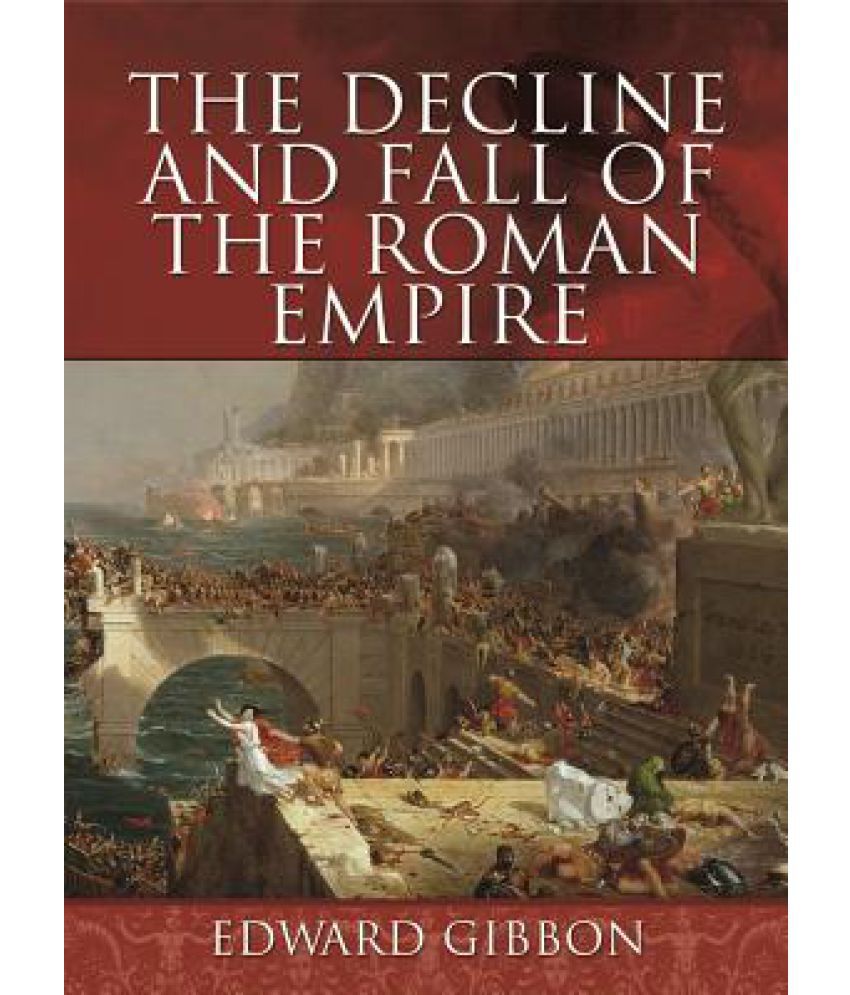

By February 1773, he was writing in earnest, but not without the occasional self-imposed distraction. His father died in 1770, and after tending to the estate, which was by no means in good condition, there remained quite enough for Gibbon to settle fashionably in London at 7 Bentinck Street, independent of financial concerns. The Decline and Fall is known for the quality and irony of its prose, its use of primary sources, and its open criticism of organised religion.

His most important work, The History of the Decline and Fall of the Roman Empire, was published in six volumes between 17. He confesses to the reader how he, 20 years previously, like so many “pilgrims” from the “remote and savage countries of the North”, stood in awe of the Roman ruins they saw around them and thought about who had lived among them and why they had disappeared.Edward Gibbon ( – 16 January 1794) was an English historian and Member of Parliament. Here is one by Edward Gibbon in the very last paragraph of the last and 12th volume of his massive work. It is interesting to occasionally come across the innermost thoughts of an author, revealed in some stray paragraph which may not get the attention it deserves. It was among the ruins of the Capitol that I first conceived the idea of a work which has amused and exercised near twenty years of my life, and which, however inadequate to my own wishes, I finally deliver to the curiosity and candour of the public. The historian may applaud the importance and variety of his subject but, while he is conscious of his own imperfections, he must often accuse the deficiency of his materials. The various causes and progressive effects are connected with many of the events most interesting in human annals: the artful policy of the Cæsars, who long maintained the name and image of a free republic the disorder of military despotism the rise, establishment, and sects of Christianity the foundation of Constantinople the division of the monarchy the invasion and settlements of the Barbarians of Germany and Scythia the institutions of the civil law the character and religion of Mahomet the temporal sovereignty of the popes the restoration and decay of the Western empire of Charlemagne the crusades of the Latins in the East the conquests of the Saracens and Turks the ruin of the Greek empire the state and revolutions of Rome in the middle age. …every reader(’s) … attention will be excited by an History of the Decline and Fall of the Roman Empire: the greatest, perhaps, and most awful scene in the history of mankind. The final paragraph of that monumental work reads as follows: 12Īfter 20 years of work, Edward Gibbon finally completed his history of the Decline and Fall of the Roman Empire in 1776.

Found in The History of the Decline and Fall of the Roman Empire, vol.


 0 kommentar(er)
0 kommentar(er)
